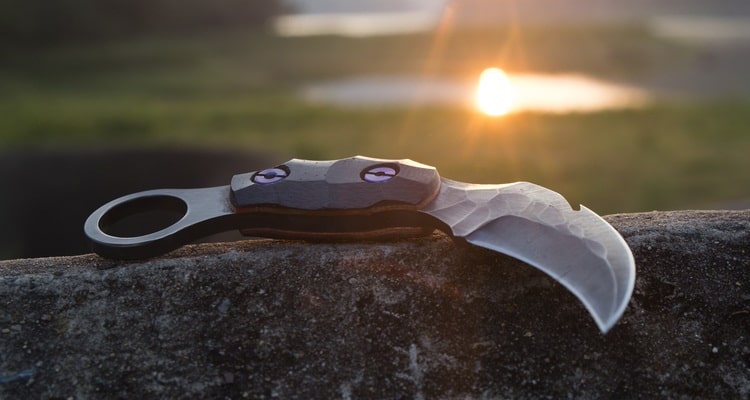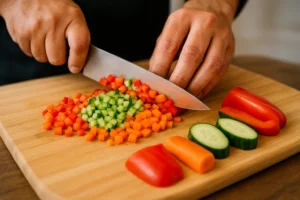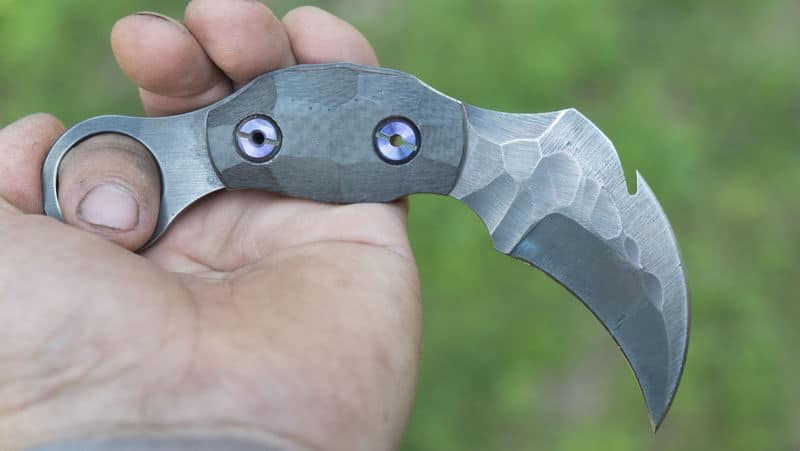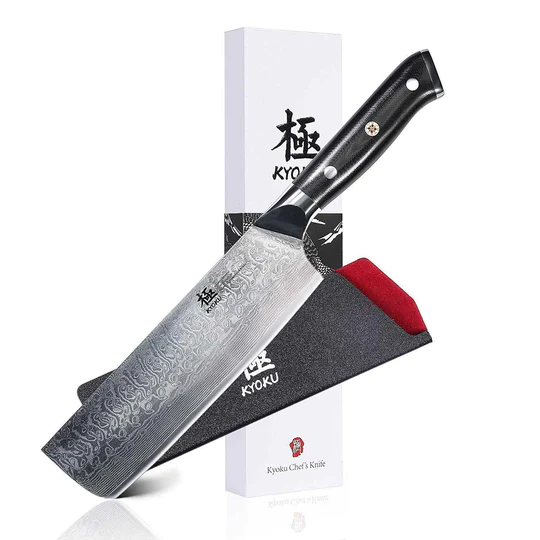


Karambit knives feature a unique curved blade and a finger ring. This design provides great control and precise movements. The best Karambit knives are sharp, durable, and easy to hold.
This knife guide will help you find the best Karambit for your needs.
The Karambit knife has its roots in Southeast Asia. It was first a farming tool for cutting roots and gathering crops. The knife was then adapted for close combat and self-defense.
The knife’s design is inspired by a tiger’s claw. Its curved blade lets you slice and hook easily. In Silat traditional martial arts, the Karambit is used for quick, precise strikes. Modern Karambit blades are now used for daily tasks. They are also effective for self-defense.
The Karambit is a great option for your everyday carry (EDC) if you need a small, sharp tool. Its curved blade is designed for control and precision. This knife is handy for cutting ropes, opening boxes, or cutting wood for a campfire.
When choosing an EDC Karambit, focus on size and ease of carry. Here are some features to consider:
| Feature | Why It Matters |
|---|---|
| Folding Mechanism | Keeps the blade safe and compact |
| Pocket Clip | Allows easy and secure carry |
| Blade Material | Affects sharpness and durability |
| Handle Grip | Improves control during use |
When choosing a Karambit knife, the blade material matters a lot. It affects how strong, sharp, and durable your knife will be.

Most Karambit blades are made from different types of steel. Stainless steel is common because it resists rust and is easy to keep clean. However, it can sometimes be softer and may need more sharpening.
High carbon steel is sharper and holds an edge longer. It can rust if you don’t care for it properly, so you need to keep the blade dry and oiled.
Some Karambits use tool steel or Damascus steel. Tool steel is tough and good for heavy use. Damascus steel has high carbon content. The blades have unique patterns and sharp edges.
The blade finish also impacts your knife. A coated blade can reduce glare and resist corrosion. A polished blade looks nice and can cut smoothly but might show scratches more easily.
The right blade material depends on how you plan to use your Karambit, and how much care you want to give it.
| Material | Rust Resistance | Edge Retention | Maintenance |
|---|---|---|---|
| Stainless Steel | High | Moderate | Low |
| High Carbon | Low | High | Moderate to High |
| Tool Steel | Moderate | High | Moderate |
| Damascus Steel | Moderate | High | Moderate |
The Karambit is often sharp on the inside edge, making it effective for close work. Karambit blade sizes range from 3 to 5 inches in blade length. Smaller blades are easier to carry and control. Larger ones give more reach but may be harder to handle in tight spaces.
Your handle grip is important when using a Karambit. Many handles have a finger ring at the base. This feature improves control and stops slipping. This ring allows you to twist the knife while keeping it secure in your hand.
Handle materials can include rubber, G-10, or wood. Rubber grips offer better traction when it’s wet. G-10 is a strong, light material used for its durability. Wood gives a traditional look but requires more care.
Choosing the right handle depends on your needs. Comfort and control should guide your decision.
| Material | Feel | Durability | Best For |
|---|---|---|---|
| Rubber | Soft, grippy | Medium | Everyday use |
| G-10 | Hard, textured | High | Heavy use, outdoor |
| Wood | Smooth, warm | Low to medium | Collectors, light use |
The Karambit knife features a curved blade that fits in your hand. This shape makes it easier to control the knife with quick movements.
The sharp curve enables quick slashing movements. You can use this knife to keep an attacker at a distance. Its design also makes it harder for someone else to take the knife from you.
When picking a Karambit for self defense, look for these features:
| Feature | Why It Matters |
|---|---|
| Finger Ring | Keeps the knife secure in hand |
| Sharp Blade | Ensures effective cuts |
| Compact Size | Easy to carry and conceal |
| Sturdy Handle | Provides a strong grip |
A double-edged Karambit has blades on both sides of the curved tip. This design can give you more cutting edges in a smaller blade size. It may be useful for precise cutting or utility work.
A double-edged Karambit can cut on both the inside and outside of the curve. This means you have more versatility in how you use the knife. But handling a double-edged Karambit requires extra care. The second edge raises the chance of accidental cuts if you’re not used to it.
Keep these features in mind when selecting a double-edged Karambit:
| Feature | Why It Matters |
|---|---|
| Blade material | A strong steel stays sharp longer |
| Handle grip | Prevents slipping during use |
| Safety sheath | Protects you when not in use |
The Karambit is a tool made for close-quarters use. It’s not designed for long-distance defence or attacks. You should practise how to hold and draw the knife. This training will help you respond fast and prevent cutting yourself.

Choose a Karambit knife that fits your planned use. Not all knives need to be expensive to work well. Go for a Karambit knife that has a sharp blade, durable material, and a strong grip.

Knife Buzz offers independent product reviews on a wide range of knives used in the kitchen, home, and outdoors. We make it easy for you to find the right knife at the best price.

Knife Buzz offers independent product reviews on a wide range of knives used in the kitchen, home, outdoors and at work.
The Knife Buzz Team are passionate about reviewing knives and we cater to a targeted audience that needs independent advice before purchasing.
KnifeBuzz.com may earn affiliate commissions on some pages of this website. Knife Buzz is a participant in the Amazon Services LLC Associates Program, an affiliate advertising program designed to provide a means for sites to earn advertising fees by advertising and linking to Amazon.com. Amazon and the Amazon logo are trademarks of Amazon.com, Inc, or its affiliates. When you click links to various merchants on this site and make a purchase, this can result in this site earning a commission. Other affiliate programs and affiliations include, but are not limited to, Google AdSense.